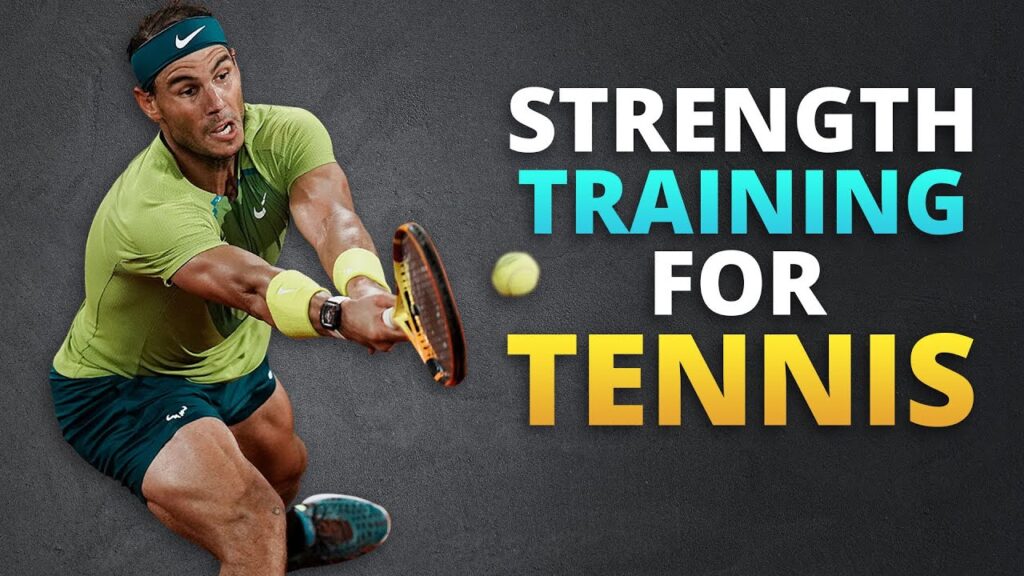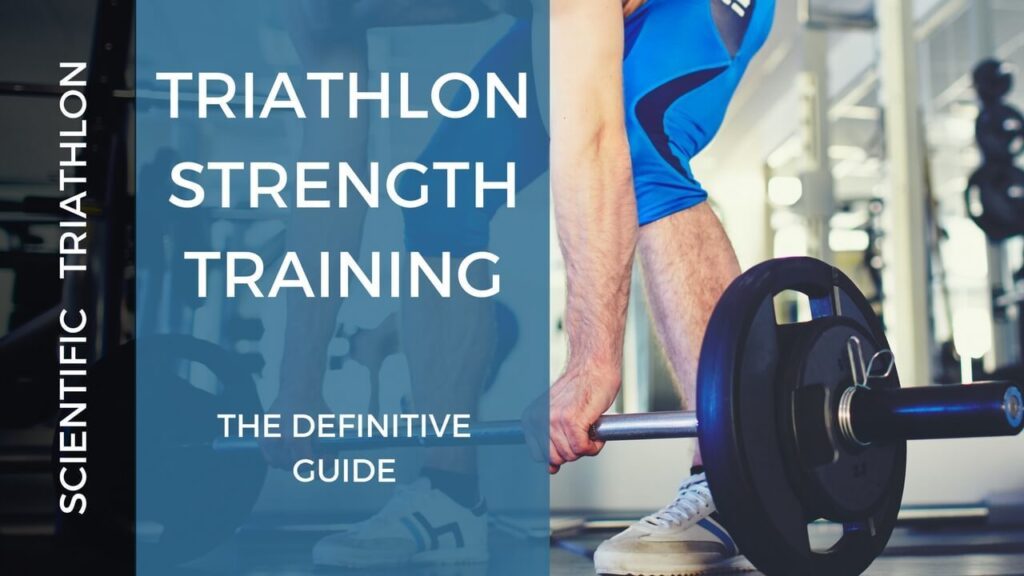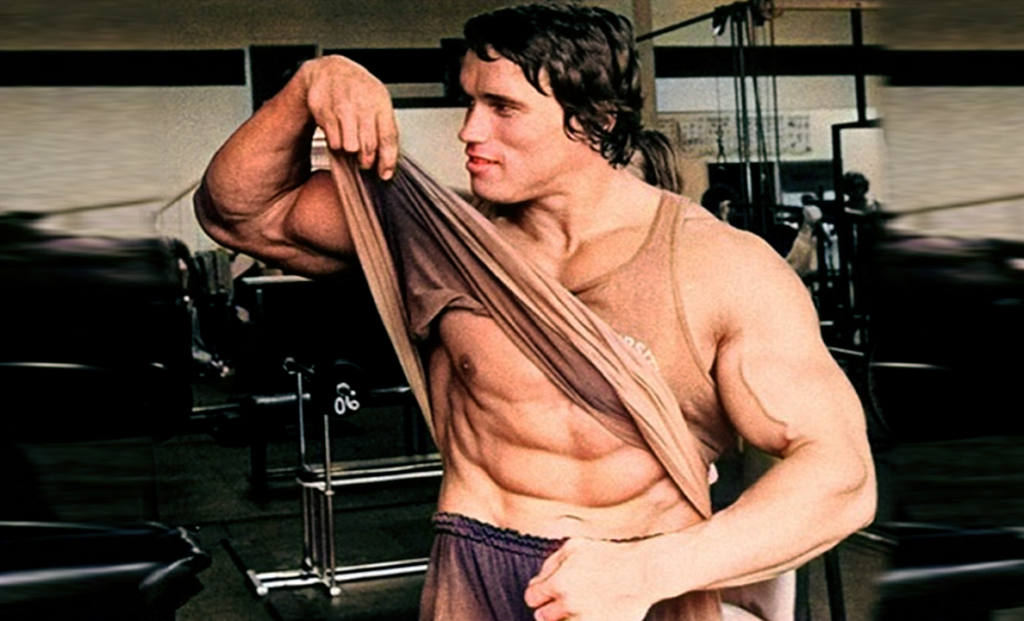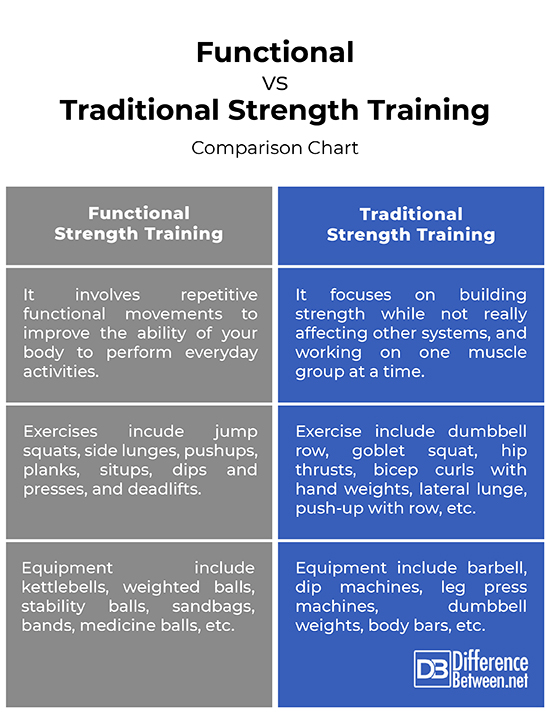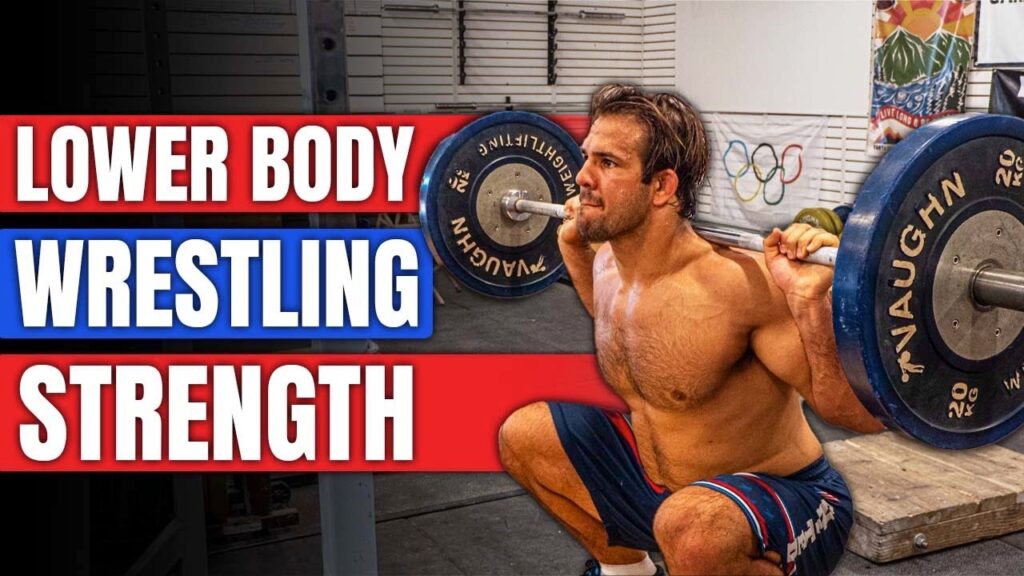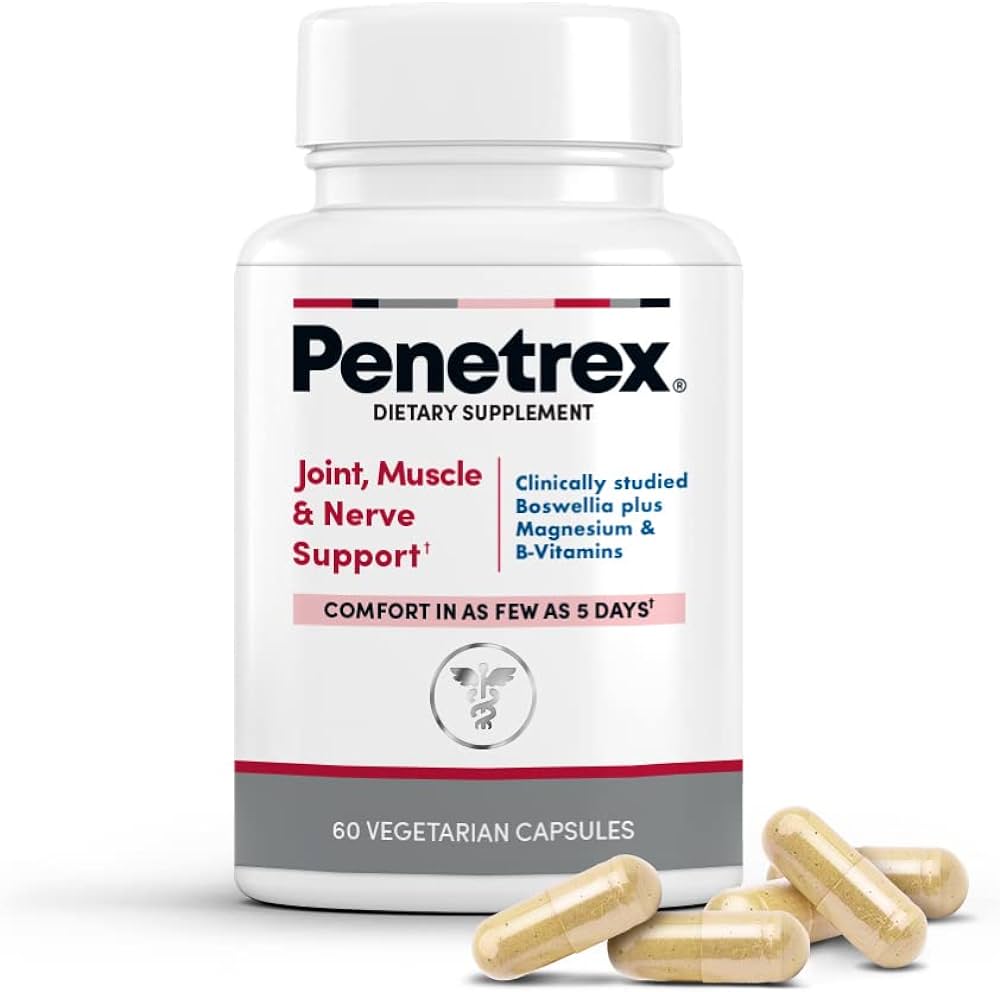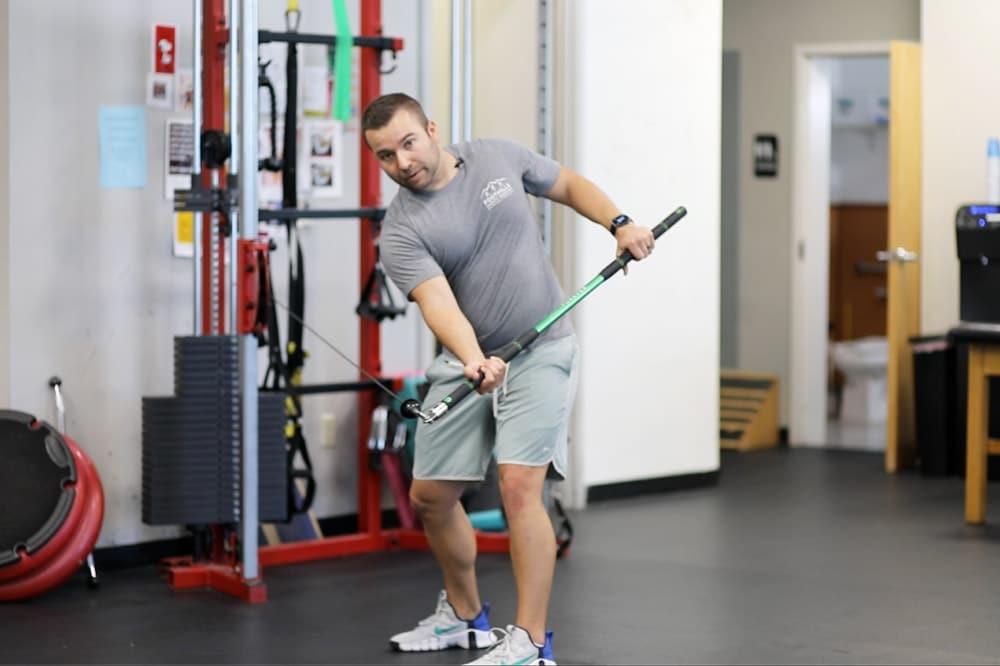Tennis strength training enhances performance by improving power, agility, and endurance. It reduces injury risk and boosts overall fitness.
Strength training is crucial for tennis players. It focuses on building muscle power, which translates into faster serves and more powerful shots. Core exercises enhance stability and balance, essential for rapid direction changes on the court. Leg strength is vital for explosive movements, allowing players to reach wide shots quickly.
Upper body exercises improve racket control and shot precision. Regular strength training also helps prevent injuries by strengthening muscles and joints. A well-rounded strength training program can significantly elevate a tennis player’s game, making them more competitive and resilient. Incorporating these exercises into regular routines ensures peak performance and longevity in the sport.
Introduction To Tennis Strength Training
Enhance your tennis performance with targeted strength training. Build muscle power, improve agility, and prevent injuries through specialized exercises. Boost your game with a stronger, more resilient body.
Benefits For Players
Tennis strength training helps players improve their performance. It builds stronger muscles, which means more powerful shots. Players can move faster on the court with better strength. It also helps reduce injuries by making muscles more resilient. Training can improve endurance, allowing players to last longer in matches. Overall, it boosts a player’s confidence and skills.
Key Muscle Groups
Several muscle groups are crucial for tennis players. These include the legs, arms, and core. Strong legs help with quick movements and powerful serves. Arm muscles are vital for strong and accurate shots. The core muscles stabilize the body and enhance balance. Focusing on these muscle groups can make a big difference in a player’s game.
Assessing Your Fitness Level
Start by checking your current strength. This helps to see where you stand. Simple tests can be used. Try push-ups and squats. Count how many you can do. Record your results. This gives a clear starting point.
Set goals that can be reached. Aim to improve a little each week. Small steps lead to big changes. Write down your goals. This makes them real and keeps you focused. Celebrate small wins to stay motivated.
Essential Equipment For Training
Good gear helps in training. Tennis rackets should be of proper size. Tennis balls must be of high quality. Shoes need to be comfortable and supportive. Clothing should allow free movement. Also, water bottles keep you hydrated.
A home gym saves time. Dumbbells help in building strength. Resistance bands are great for flexibility. Yoga mats provide comfort during exercises. Medicine balls add variety to workouts. Jump ropes are excellent for cardio.

Credit: www.tennisfitness.com
Core Strength For Tennis Dominance
Planks are great for building core strength. Hold a plank position for 30 seconds. Increase the time as you get stronger. Russian Twists help improve rotational strength. Sit on the floor, lean back slightly, and twist your torso side to side. Leg raises target the lower abs. Lie on your back, lift your legs, and lower them slowly.
Strong core muscles enhance stability and balance. Bosu ball exercises challenge your balance. Stand on a Bosu ball and perform squats or lunges. Medicine ball throws improve dynamic stability. Throw a medicine ball against a wall and catch it while maintaining your balance.
Lower Body Workouts
Strong legs help you stay balanced. Squats are great for building leg muscles. Lunges also work well for this. Calf raises can make your lower legs stronger. Do each exercise in sets of 10. Rest for 30 seconds between sets. Repeat each set three times. Using weights can increase the challenge. Start with light weights to avoid injury.
Fast footwork is key for tennis. Ladder drills help improve speed. Side shuffles are also useful. They make you move quickly from side to side. Jump rope for better agility. Do each drill for one minute. Rest for 20 seconds between drills. Repeat each drill three times. Quick feet will help you reach the ball faster.

Credit: m.youtube.com
Upper Body Conditioning
Strong arms and shoulders are crucial in tennis. Push-ups and pull-ups are effective. These exercises build muscle strength. Resistance bands also help. Use them for arm curls and shoulder presses. They improve endurance and flexibility. Medicine ball throws are great too. They enhance power and coordination.
Powerful serves can win matches. Dumbbell presses strengthen shoulder muscles. This boosts serve speed. Tricep dips are also beneficial. They improve arm strength. Plyometric exercises like jump squats add explosive power. These drills make serves faster and more accurate.
Flexibility And Mobility Training
Stretching keeps muscles flexible and strong. This is important for a sport like tennis. Flexible muscles improve your performance on the court. Stretching also helps prevent injuries. Make it a habit to stretch before and after playing. Focus on major muscle groups. These include your hamstrings, quadriceps, and calves. Don’t forget to stretch your shoulders and arms too. Always stretch gently to avoid strains.
Dynamic warm-ups prepare your body for intense activity. They increase blood flow to muscles. This makes muscles more pliable and reduces the risk of injury. Examples of dynamic warm-ups include leg swings, arm circles, and lunges. These exercises mimic tennis movements. Perform each exercise for about 30 seconds. Make sure to include both upper and lower body movements. This ensures your entire body is ready for action.
Incorporating Cardio Into Your Routine
High-Intensity Interval Training (HIIT) can boost your tennis performance. HIIT involves short bursts of intense exercise. This is followed by rest or low-intensity exercise. HIIT improves your speed and stamina. It also helps in burning more calories. You can do sprints, jump rope, or fast footwork drills. HIIT sessions can be 20 to 30 minutes long. This makes it easy to fit into your schedule.
Endurance exercises help you play longer without getting tired. Running and cycling are great for building endurance. Swimming is also an excellent choice. Try to exercise for at least 30 minutes. Do this three to five times a week. This will help you stay strong during long matches. Remember to stay hydrated and stretch before and after your workout.
Nutrition And Recovery
Athletes need a balanced diet to perform their best. Eating the right amount of protein helps build strong muscles. Carbohydrates give energy for long matches. Fruits and vegetables provide essential vitamins and minerals. Staying hydrated is also very important. Drinking enough water keeps the body cool and energetic. Avoid too much sugar and junk food. Choose whole grains and lean meats for better health.
Rest is crucial for muscle recovery. Sleep helps the body repair and grow stronger. Aim for at least 8 hours of sleep each night. Taking breaks between workouts prevents injuries. Light stretching can help reduce muscle soreness. Listen to your body and rest when needed. Proper recovery improves performance and keeps athletes healthy. Consistent rest leads to better results in training.
Monitoring Progress And Adjusting Your Plan
Keep a journal of your workouts. Note the exercises, sets, and reps. Record how you feel after each session. This will help you see your progress over time. Take note of any increases in strength or endurance. Use a simple spreadsheet if you prefer digital tracking.
Weekly check-ins are important. Look back at your journal or spreadsheet. Identify areas where you have improved. Celebrate these small victories. Adjust your plan based on these findings.
Add more weight or reps when exercises become too easy. Increase intensity if you no longer feel challenged. Make sure to do this gradually to avoid injuries. Listen to your body and take rest days when needed.
Consult your trainer before making big changes. They can provide expert advice. Ensure your form stays correct with increased intensity. Proper form prevents injuries and maximizes benefits.
Injury Prevention Strategies
Common tennis injuries include ankle sprains, shoulder injuries, and tennis elbow. Ankle sprains happen due to sudden movements. Shoulder injuries often occur from repetitive serving. Tennis elbow results from overuse of the arm muscles.
Proper warm-up is essential to prevent injuries. Stretching before playing helps muscles become flexible. Strength training builds muscle endurance. Using the right equipment reduces the risk of injuries. Resting between matches allows muscles to recover. Hydration is key for muscle function. Listening to your body can prevent overuse injuries.
Expert Tips And Insights
Tennis pros suggest focusing on core strength. A strong core helps in balance and quick movements. They also recommend strengthening the legs. Strong legs provide powerful serves and returns.
Another tip is to work on shoulder muscles. This helps in avoiding injuries. Wrist strength is important too. A strong wrist improves control over the racket.
Staying calm is crucial during matches. Deep breathing helps in staying focused. Visualizing success boosts confidence. Pros also suggest setting small goals. Achieving small goals keeps you motivated.
Positive self-talk is key. It helps in overcoming challenges. Remember to take breaks. Resting your mind is as important as training your body.
:max_bytes(150000):strip_icc()/zhansen_weight-training-for-tennis-3498718_color-39c9ce1e6ad24c3086c95e6773cc1d8b.jpg)
Credit: www.verywellfit.com
Frequently Asked Questions
How To Build Strength To Play Tennis?
To build strength for tennis, focus on resistance training, plyometrics, core exercises, and agility drills. Maintain a balanced diet.
How Do Tennis Players Build Muscle?
Tennis players build muscle through strength training, resistance exercises, and proper nutrition. They focus on compound movements and core stability. Regular practice and conditioning enhance muscle endurance and power.
Are Squats Good For Tennis?
Yes, squats are excellent for tennis players. They enhance leg strength, stability, and agility, improving performance on the court.
Can You Lift Weights And Play Tennis?
Yes, you can lift weights and play tennis. Strength training enhances performance and reduces injury risk. Balance your workout routine to avoid overtraining.
What Are The Benefits Of Tennis Strength Training?
Tennis strength training improves power, endurance, and injury prevention, enhancing your overall game performance.
How Often Should Tennis Players Do Strength Training?
Tennis players should do strength training 2-3 times per week for optimal results.
What Exercises Improve Tennis Strength?
Exercises like squats, lunges, and deadlifts improve lower body strength, while push-ups and rows enhance upper body strength.
Is Weightlifting Good For Tennis Players?
Yes, weightlifting boosts muscle strength and endurance, crucial for powerful tennis strokes and quick movements.
Can Strength Training Prevent Tennis Injuries?
Yes, strength training stabilizes muscles and joints, reducing the risk of common tennis injuries.
Should Tennis Players Focus On Core Strength?
Absolutely, core strength is vital for stability, balance, and powerful tennis strokes.
Conclusion
Strength training is essential for tennis players seeking peak performance. Incorporate these exercises to boost power and endurance. Consistent training leads to better agility, stronger shots, and reduced injury risks. Enhance your game by dedicating time to these workouts. Remember, a strong body contributes to a strong game on the court.

